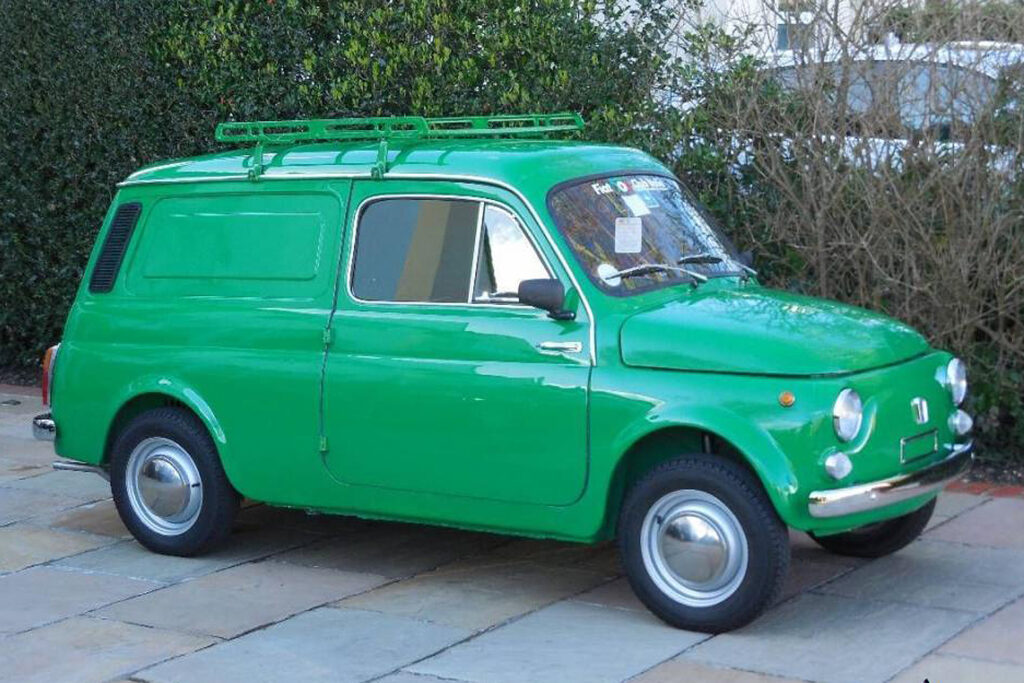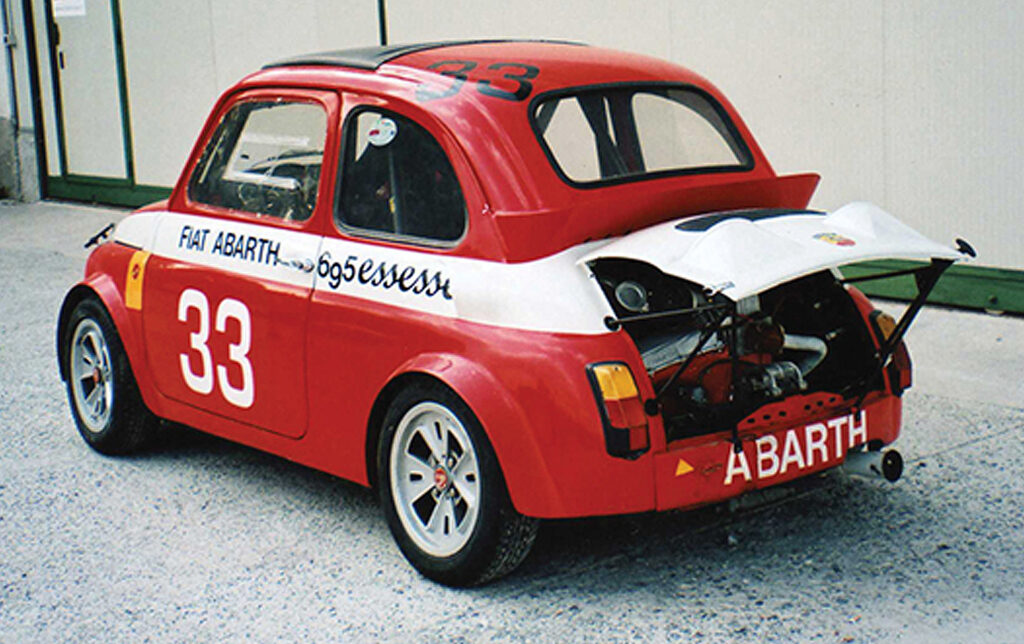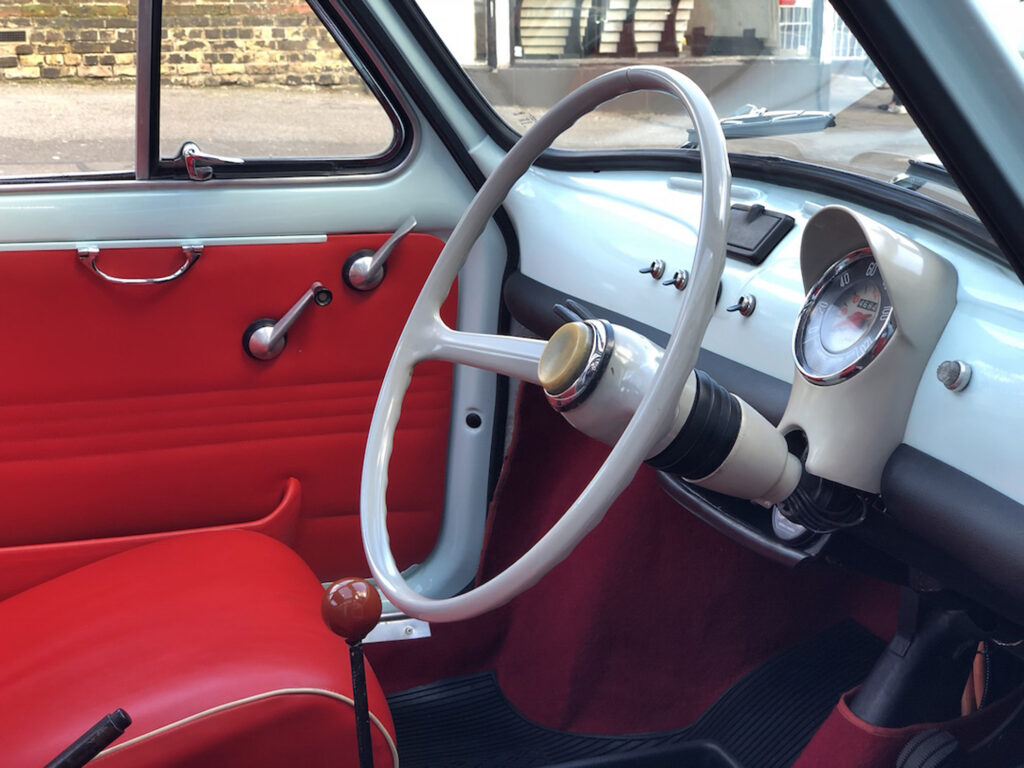The Fiat 500 was tiny, but had such a big personality, says JULES CHRISTIAN
We all remember with nostalgia our first car and I hoped my car-mad father would sort me out something when I passed my test. In the meantime, I looked hopefully at being allowed to drive his cherished Lister-tuned 3.8 Jaguar Mark II (YCY 40… funny how you remember the numbers).
At the time, my mother, who hadn’t driven for some years, decided to get back on the road, and it soon became quite obvious that neither the son and heir, nor the missus, were going to get our hands on his beloved Jag, so he went shopping. I’m not sure what I expected, but lo-and-behold, a few days later, outside was a brand-new, bright red, sparkling Fiat 500.
It’s not that I had anticipated a Ferrari, although I had guessed it would be Italian. The colour was red; and back then, both had the choke as a lever between the front seats. And both companies had the same owner. But somehow, I expected more.
What I couldn’t understand was why the Fiat? Apparently dad had been given one of its predecessors, the 500 Topolino, to use when he was stationed in Italy during the war and had loved it!
The first Nuova 500 came off the production line in 1957 and, apart from upgrades, was pretty well the same car until it was replaced by the Fiat 126 in 1975 with nearly 3,900,000 sales. It was simply designed to be an inexpensive economical and practical town car.
And simple it was – initially with a tiny 479cc that went up to 594cc in the final version, the rear engine had just two cylinders driving the rear wheels and even in the Sport model only produced 21bhp with a top speed of 105km/h. The gearbox was, well… a lesson in double declutching, and there was no synchromesh in first, but once you got the hang of it, it was actually quite fun and a good thing to learn for the future.

The interior was very basic with rubber mats, practical rather than comfortable seats and a body colour metal dash area with just a speedometer. There wasn’t even a fuel gauge – just a light that flashed when you were running low on fuel. What it did have though, was an excellent folding plastic sunroof which dispelled any sense of claustrophobia in such a tiny car.
Apart from improvements over the years the Fiat produced three different models: the Nuova Saloon, the Giardinieri estate and the Furgoncino panel van. All of them were two-door with one of the quirky features being the use of old-fashioned style rear hinge ‘suicide doors’ until the mid-1960s and on the van and estate into the 1970s. A friend had one – in a car that size, it was so much easier to get in and out.
Tiny it may have been, quick it was not, but it was fun. So small that you could park it sideways in a parking lane and still be ‘legal’. And despite being thrashed by a foolish 17-year-old, it survived admirably.
Two years later, it disappeared for 10 days before my birthday, my Dad saying a service was needed and it came back transformed with a full Abarth performance kit. Now that was something else. What a present! The trouble was – I couldn’t get him out of it!













